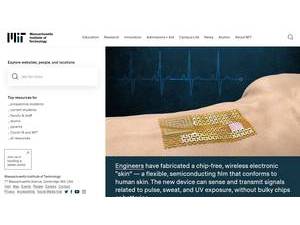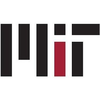
Overview
Established in 1861, the Massachusetts Institute of Technology is a non-profit private higher education institution located in the urban setting of the small city of Cambridge (population range of 50,000-249,999 inhabitants), Massachusetts. Officially accredited by the New England Commission of Higher Education, Massachusetts Institute of Technology (MIT) is a large sized (uniRank enrollment range: 10,000-14,999 students) coeducational US higher education institution. Massachusetts Institute of Technology (MIT) offers courses and programs leading to officially recognized higher education degrees such as bachelor's degrees, master's degrees and doctorate degrees in several areas of study. See the uniRank degree levels and areas of study table below for further details. This 163-year-old US higher-education institution has a selective admission policy based on entrance examinations and students' past academic records and grades. The acceptance rate range is 0-9% making this US higher education organization an extremely selective institution. International applicants are eligible to apply for enrollment. MIT also provides several academic and non-academic facilities and services to students including a library, housing, sports facilities, financial aids and/or scholarships, study abroad and exchange programs, online courses and distance learning opportunities, as well as administrative services.
University Snapshot
Control
![]() private
private
Entity
![]() non-profit
non-profit
Size
![]() large sized
large sized
Selectivity
![]() extremely selective
extremely selective
University Identity
| Name | Massachusetts Institute of Technology |
|---|---|
| Name (English) | |
| Name (Non Latin) | |
| Acronym | MIT |
| Founded | 1861 |
| Motto | Mens et Manus Mind and Hand |
| Colours | Cardinal red and steel gray |
| Mascot | Tim the Beaver |
| Screenshot |  |
| Video Presentation |
University Location
| Address | 77 Massachusetts Avenue Cambridge 02139-4307 Massachusetts United States |
|---|---|
| Location Map and Satellite View | |
| (617) 253 1000 | |
| (617) 258 8762 | |
| Other locations |





Social Media
Introduction
Social media can be a powerful tool for Universities to communicate with current students, alumni, faculty, staff and the wider community. But how can social media be important for prospective students? Read our article about the importance of Social Media for universities and prospective students to learn more.
Social Media
uniRank publishes brief reviews, rankings and metrics for some of Massachusetts Institute of Technology's social media channels as a starting point for comparison and as an additional selection tool for potential applicants.
Massachusetts Institute of Technology's Facebook page review
Massachusetts Institute of Technology's X page review
Massachusetts Institute of Technology's Youtube page review
Massachusetts Institute of Technology's Instagram page review
Massachusetts Institute of Technology's official LinkedIn profile
n.a.